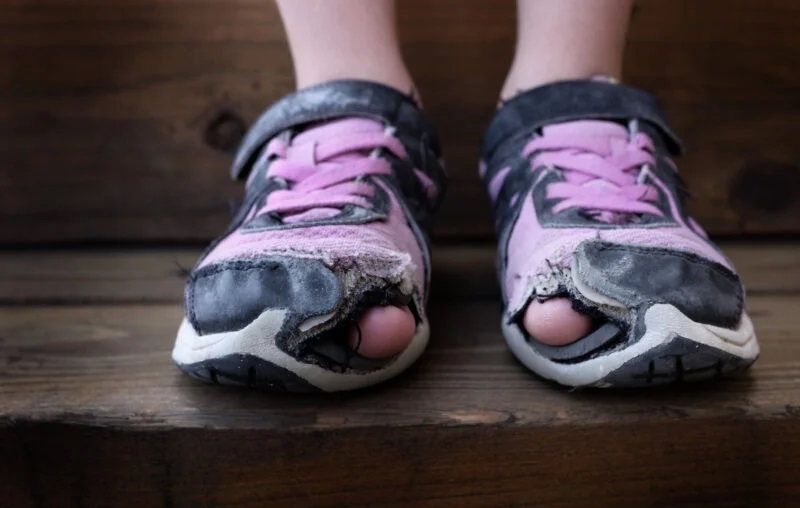This is a potential weakness in all affirmative proposals.
Prior to the War on Poverty (1964), the level of poverty in the US steadily fell as national income rose. However, after the War on Poverty began, the official poverty rate hovered around 13% of the population for the next 60 years.
Writing the Cato journal, James Gwartney and Thomas McCaleb identified four reasons:
- The real value of benefits becomes more attractive than self-support by working.
- Means tested benefits phase out as income rises, making the poor face the highest implicit marginal tax rates in the population (what you lose in taxes and benefits when you earn a dollar)
- While on welfare, existing work skills deteriorate and the incentive to invest in acquiring new skills diminishes.
- While on welfare, there is a tendency to develop “a lifestyle that increases the likelihood of poverty.”
These four effects have little impact on retirees, who are already out of the labor force. They are likely to have the greatest impact on the young.
Evidence bears out that prediction:
- Poverty among the elderly continued to fall dramatically, from 15.9 percent in 1968 to 5.5 percent in 1982.
- However, for householders under age 25, adjusted poverty rates rose from 12.3 percent in 1968 to 24 percent in 1982.

0 Comments